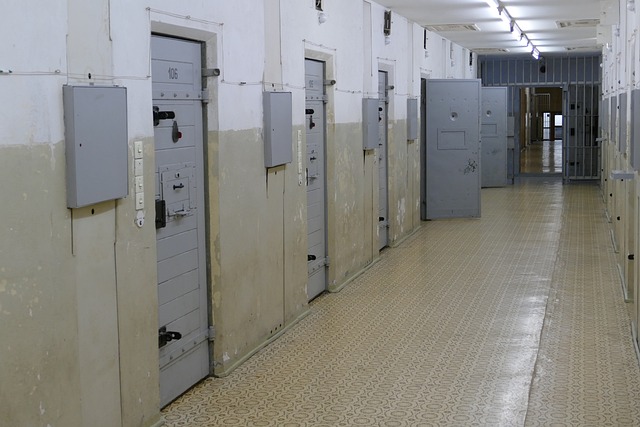Rural and urban areas face contrasting challenges in DUI (Driving Under the Influence) law enforcement due to socio-cultural and geographical differences, with rural regions often having less stringent regulations compared to urban centers. While urban areas readily adopt emerging technologies like sobriety checkpoints, breathalyzer programs, data analytics, and AI-powered cameras, rural jurisdictions focus more on education and targeted patrols due to limited resources and lower crime rates. The integration of these Emerging Technologies in DUI Law varies across regions, reflecting their unique needs and constraints, ultimately enhancing law enforcement efficiency and accuracy while reducing burdens.
In the ongoing battle against drunk driving, understanding the nuances of DUI laws varies significantly between rural and urban areas. While both settings have strict regulations, unique challenges emerge due to population density, terrain, and access to resources. This article explores these disparities through two lenses: Understanding Rural and Urban DUI Laws: Key Differences and Emerging Technologies and Their Impact on DUI Law Enforcement. By delving into these aspects, we uncover the evolving role of Emerging Technologies in DUI Law, shaping effective enforcement strategies across diverse landscapes.
- Understanding Rural and Urban DUI Laws: Key Differences
- Emerging Technologies and Their Impact on DUI Law Enforcement
Understanding Rural and Urban DUI Laws: Key Differences

In the realm of DUI (Driving Under the Influence) laws, rural and urban areas often find themselves on different pages due to distinct socio-cultural and geographical factors. Rural regions, characterized by lower population densities and a more spread-out community structure, typically have less stringent regulations compared to urban centers. This disparity is not merely about penalties; it extends to the definition of public safety risks and the application of emerging technologies in DUI enforcement.
For instance, while urban areas may readily adopt advanced tech solutions like sobriety checkpoints and breathalyzer programs to deter DUI incidents, rural jurisdictions might face challenges implementing such measures due to limited resources and lower crime rates. As a result, rural DUI laws often focus more on education, prevention, and targeted patrols. Emerging technologies in DUI law, such as remote alcohol monitoring devices and advanced field sobriety tests, are also being integrated at varying paces across these regions, reflecting the unique needs and constraints of each environment.
Emerging Technologies and Their Impact on DUI Law Enforcement

The application of emerging technologies has significantly influenced DUI (Driving Under the Influence) law enforcement, both urban and rural areas alike are witnessing a shift in how these laws are administered. Advanced tools like remote breath testing devices offer more accurate and convenient ways to measure blood alcohol levels, reducing potential human error during traditional on-site tests. Additionally, data analytics plays a crucial role in identifying patterns and hot spots for DUI incidents, enabling law enforcement agencies to strategically allocate resources.
Technology also facilitates improved communication between officers and dispatchers, leading to faster response times. In rural areas, where police stations are fewer and farther between, mobile apps designed for reporting suspicious behavior can empower citizens to play an active role in safety. Furthermore, the integration of AI-powered cameras and sensors promises to automate the identification of intoxicated drivers, potentially reducing the burden on law enforcement officers.
In conclusion, understanding the nuances of rural and urban DUI laws is essential in navigating the evolving landscape of drunk driving regulations. As emerging technologies continue to shape DUI law enforcement, such as advanced breath testing devices and data analytics for predictive policing, both communities must adapt their strategies accordingly. By bridging the gap between rural and urban jurisdictions, we can create a more consistent and effective approach to deterring and addressing drunk driving, ultimately ensuring safer roads for all.






